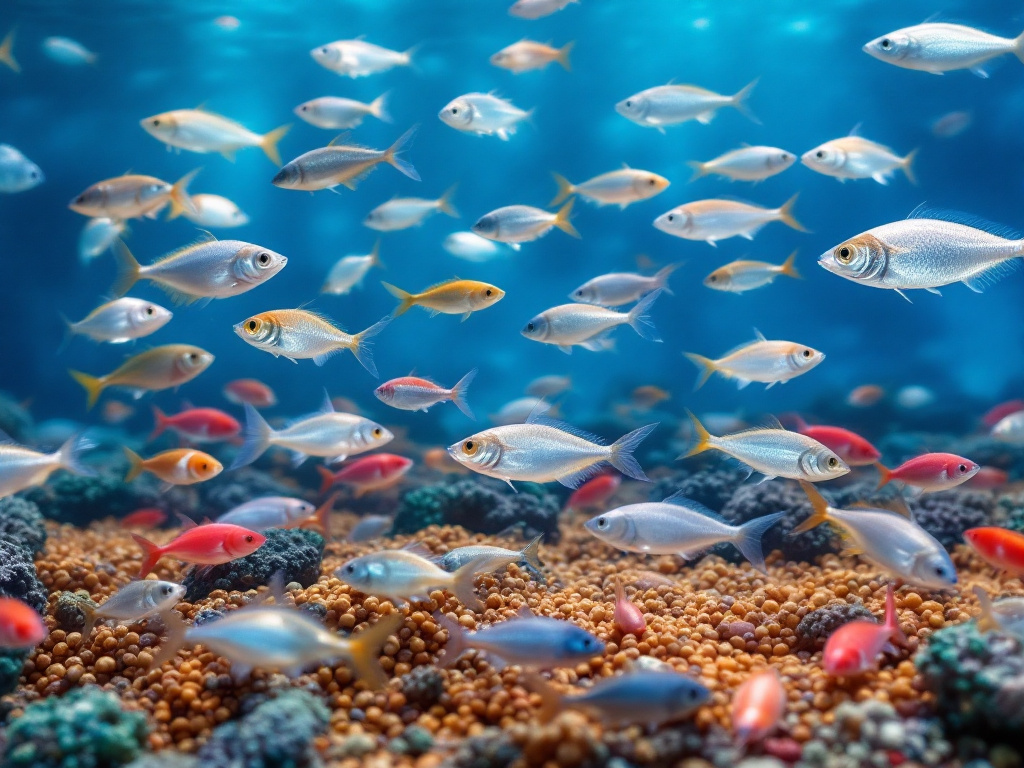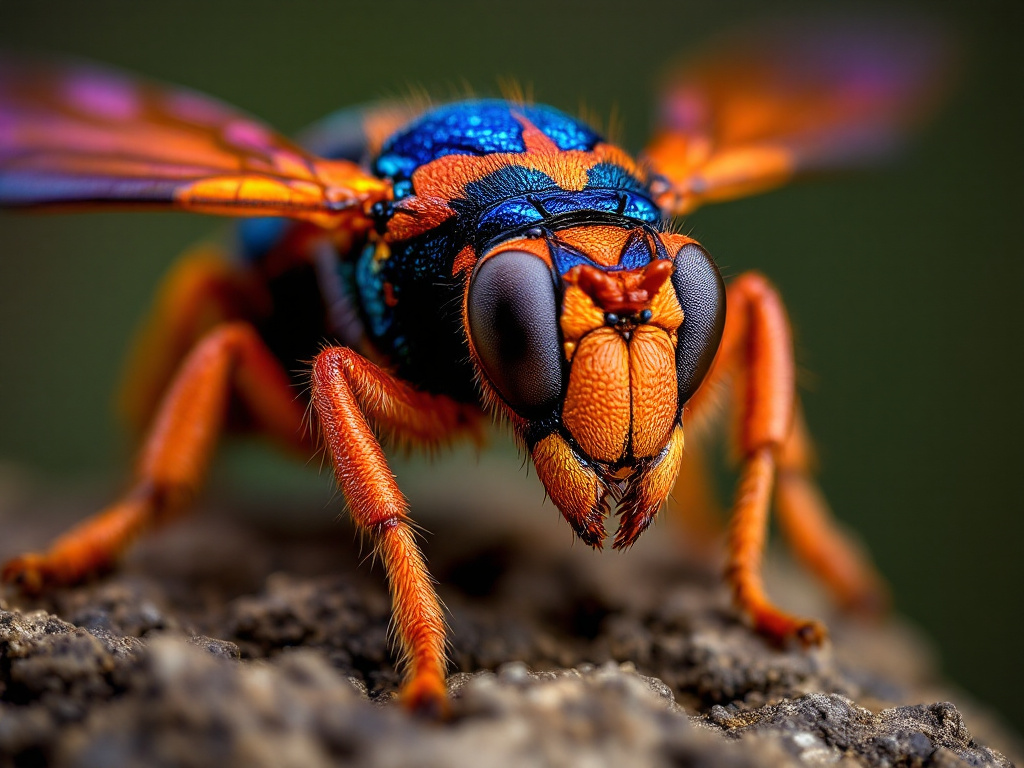Image generated by flux-ai.io & content generated by ChatGPT Version 4o-mini
Revolutionizing Fish Farming: The Quest for the Perfect Live Feed
In Monroe County, where fishing and marine life play a significant role in our local economy and culture, recent research is shedding light on a crucial aspect of marine fish farming: the early feeding of fish larvae. A recent scholarly article by Cortney L. Ohs and colleagues dives into the best options for live feed that can help baby fish thrive, which could have big implications for fish farming right here in Florida.
The Importance of Early Nutrition
Just like how a strong start is essential for a child’s growth, the same principle applies to marine fish larvae. These tiny creatures depend on the right live food during their first feeding phase to ensure healthy development. The article highlights three main types of live feeds: rotifers, brine shrimp, and copepods. Each has its strengths and weaknesses, and the choice can significantly affect the fish’s growth and survival rates.
Understanding Live Feeds
-
Rotifers: These are small, freshwater creatures that are easy to cultivate and provide a good quantity of food. However, they lack essential nutrients like omega-3 fatty acids, which are crucial for the health of fish larvae. Fish farmers would need to enhance rotifers with extra nutrients before feeding them to baby fish.
-
Brine Shrimp: Widely used in aquaculture, brine shrimp are harvested from natural lakes and can be stored for long periods. However, their size can be an issue for many fish larvae, which may be too small to eat them right when they hatch. Like rotifers, brine shrimp need to be enriched with nutrients to be beneficial for fish larvae.
-
Copepods: These tiny crustaceans are considered the gold standard for fish larvae nutrition. They naturally contain the right balance of essential fatty acids and are actually consumed by fish larvae in the wild. However, they are harder to cultivate in large numbers, which limits their use in commercial fish farming.
Why This Matters for Monroe County
Monroe County is known for its vibrant marine life and fishing industry, with many locals relying on these resources for their livelihoods. Understanding which live feed is best for the health of young fish could lead to more successful aquaculture operations, benefiting both local fish farmers and the environment.
For instance, if fish hatcheries could successfully incorporate copepods into their feeding regimen, it could mean healthier fish populations that grow faster and are more resilient to diseases. This could translate into a more sustainable fish farming industry, ensuring that local seafood remains abundant and accessible.
Additionally, as the demand for sustainable seafood continues to rise, adopting these improved farming practices could place Monroe County at the forefront of responsible aquaculture. This not only helps preserve our local ecosystems but can also enhance the economic viability of the fishing industry, attracting tourism and creating jobs.
Conclusion
As Monroe County continues to thrive as a hub for fishing and marine activities, the findings from this research offer a promising glimpse into the future of fish farming. By focusing on the right live feeds for marine fish larvae, we can support a healthier environment and a more prosperous community. The next time you enjoy a fresh catch from the waters surrounding Monroe, remember that the journey to your plate starts with the tiniest of creatures and the science behind their successful cultivation.
References
Error generating citation: 410 Client Error: Gone for url: https://edis.ifas.ufl.edu/publication/FA167


